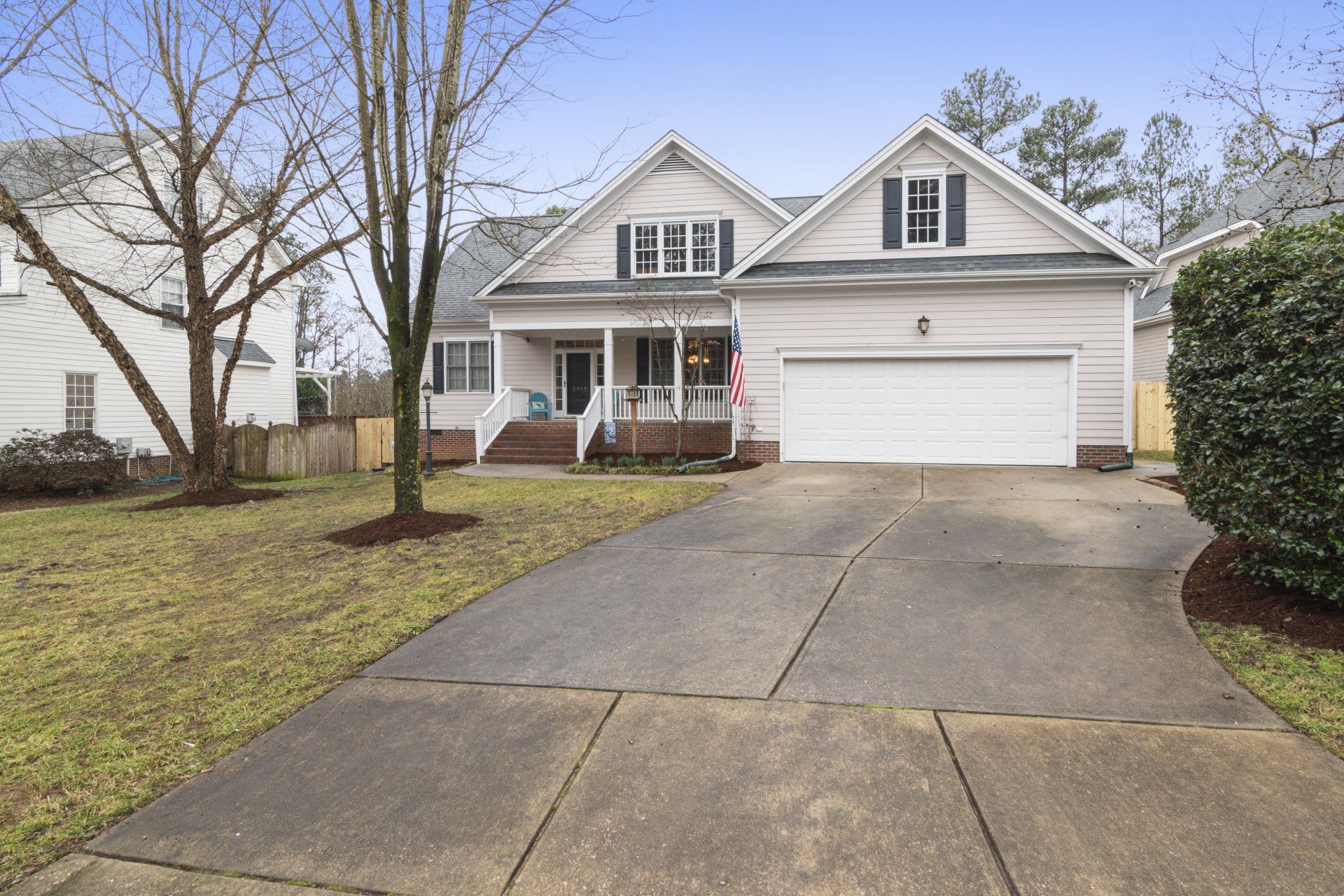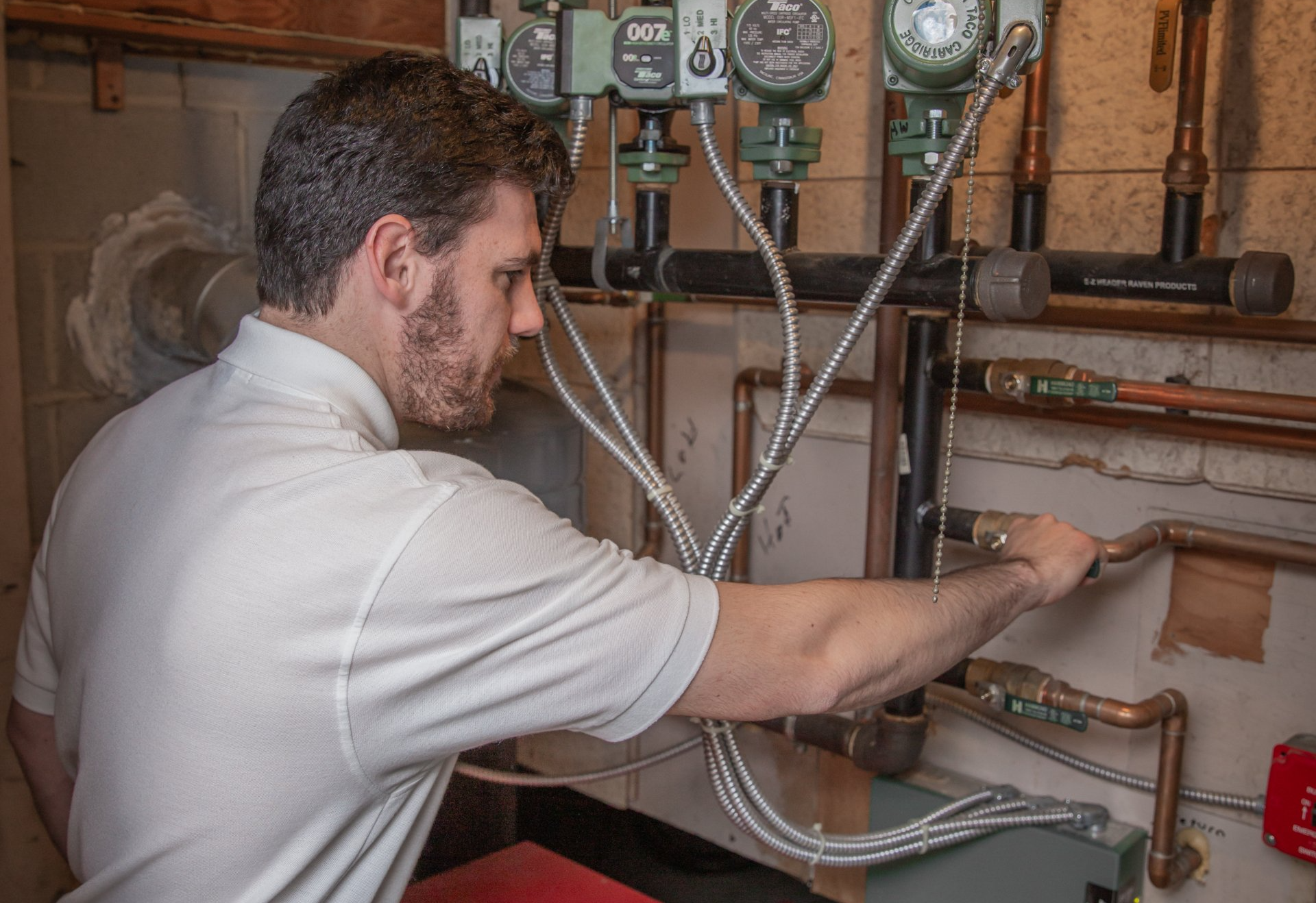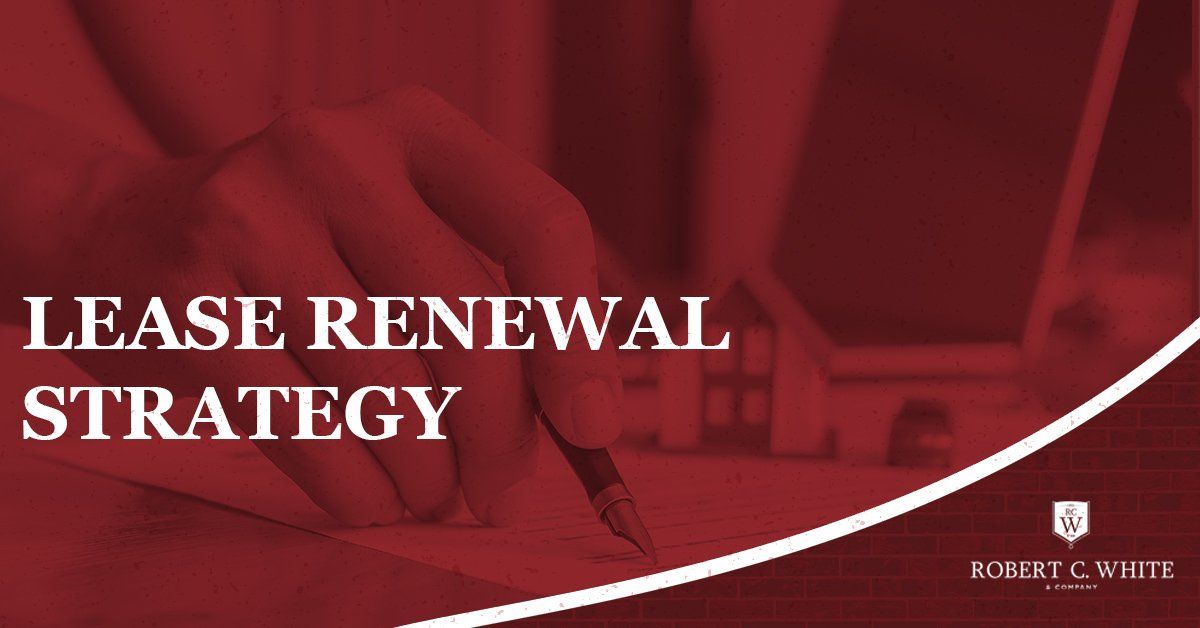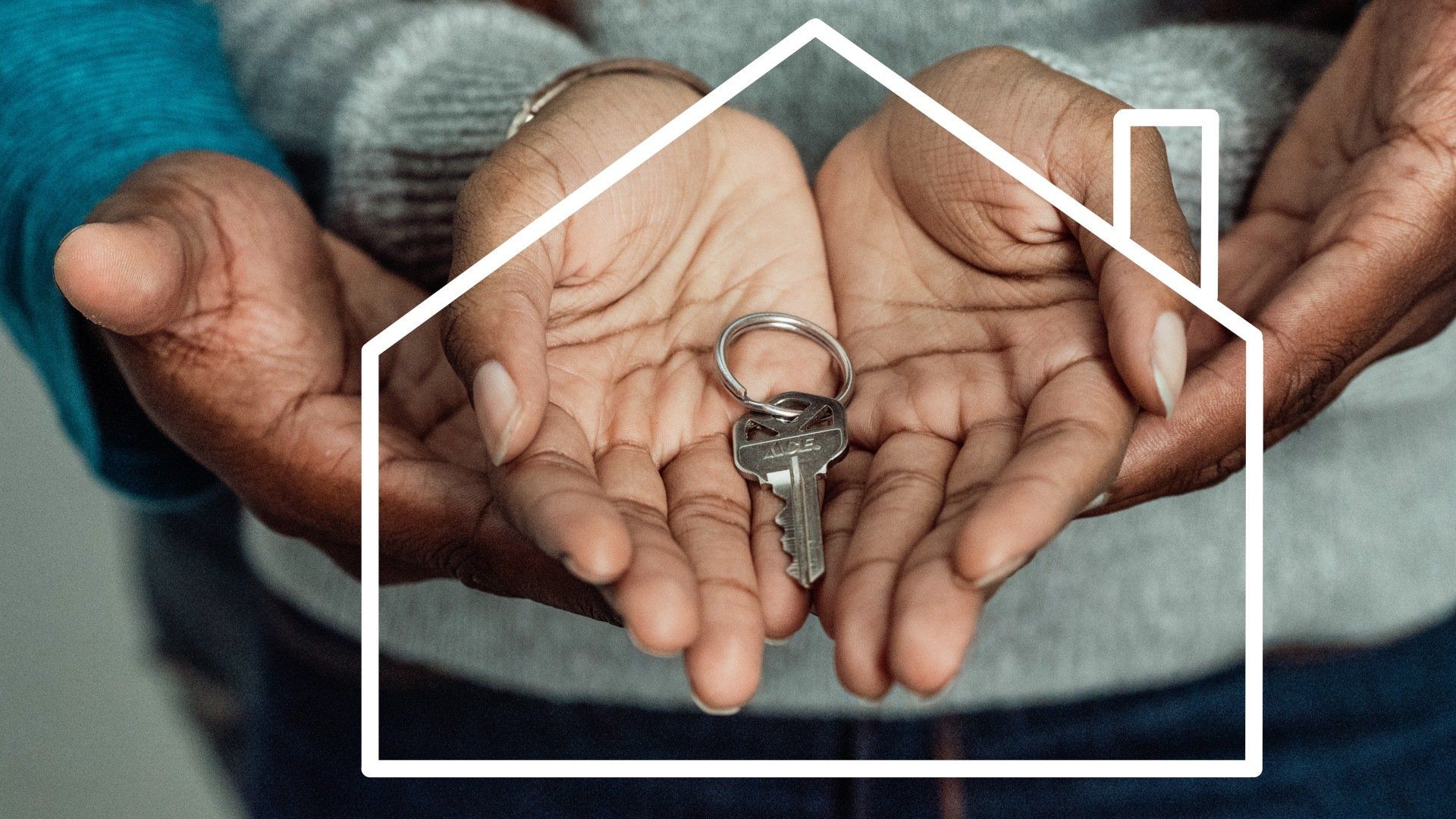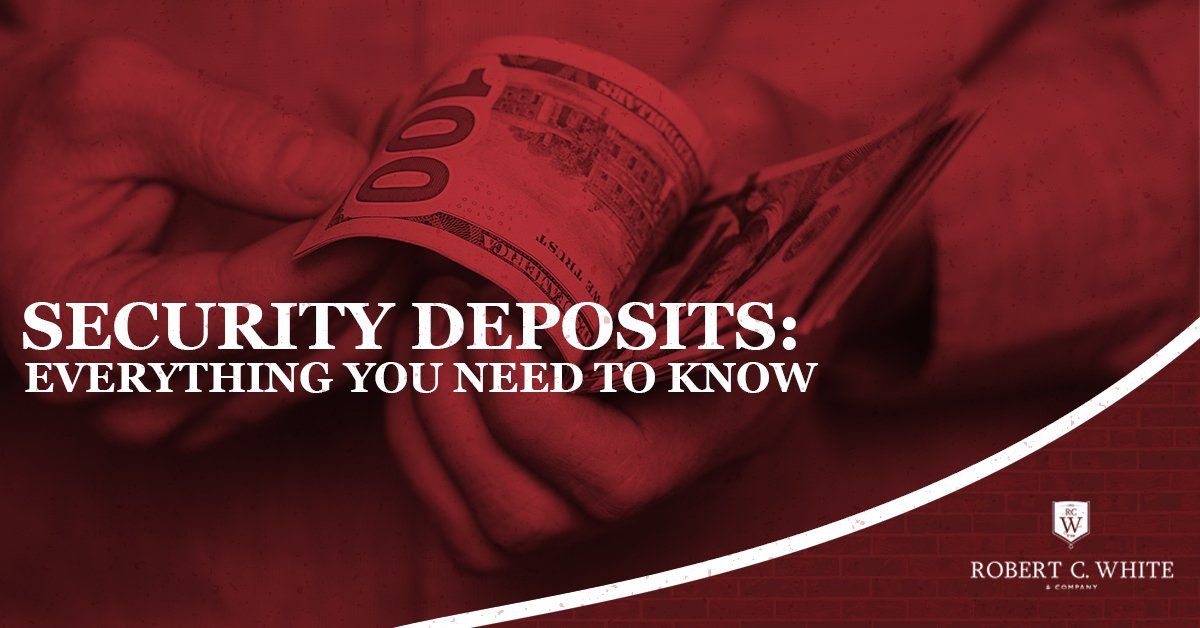Contact Robert C. White & Company
6 Key Performance Indicators Every Property Investor Should Understand
KPI's For Profiting at Your Rental Property
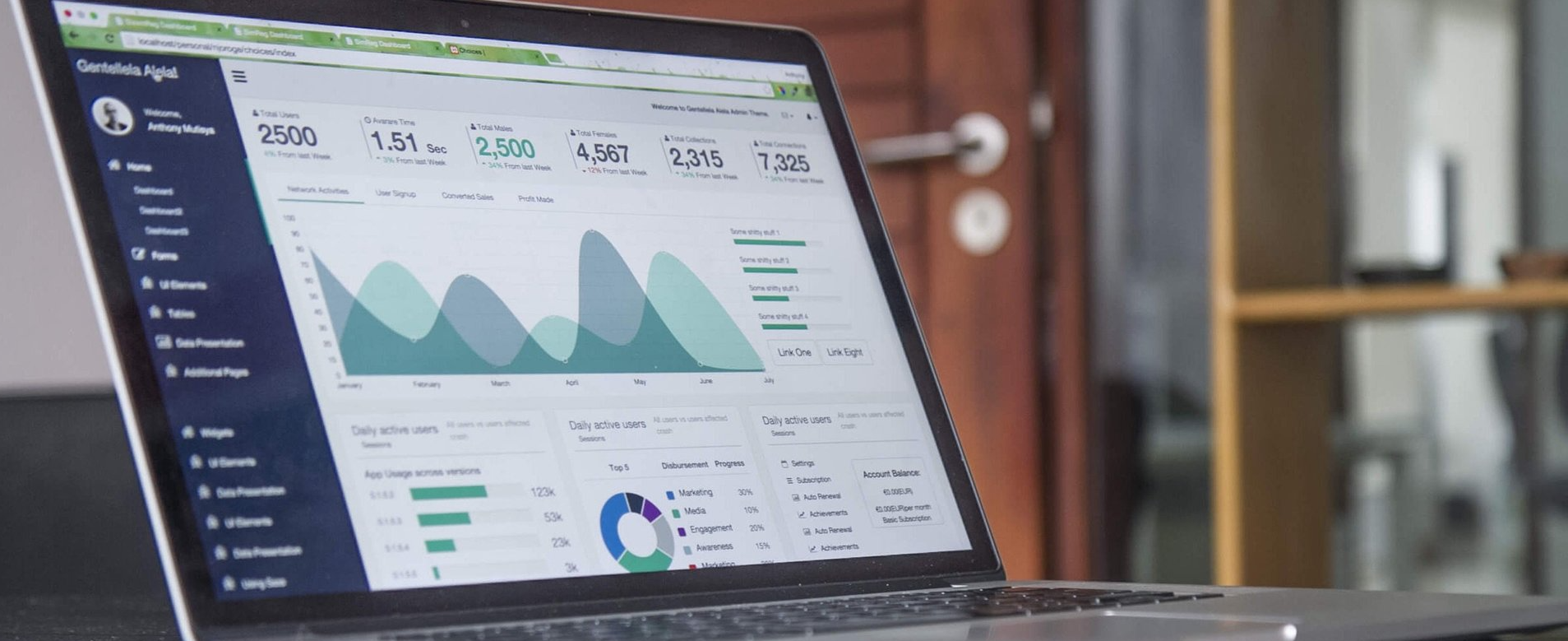
Smart landlords and investors are always running their numbers and finding ways to improve their investment strategy. When it comes to rental property, things should be no different. Below, we give you six key performance indicators for tracking success at your investment property. Use these KPI's to evaluate your current investments OR to estimate the profitability on your next (or perhaps your first) purchase!
#1 Net Cash Flow
Net cash flow is the difference between a property’s income and expenses (including debt) each month. As a key performance indicator (KPI), it shows the profitability of a particular unit. Property is cash flow positive only when its income from rent and other items outweighs debts and expenses. The more a property is cash flow positive, the better your returns, and the larger safety net you have for any emergency repairs!
Net Cash Flow = Gross Rental Income - Payments (mortgage, taxes, etc.) - Maintenance Costs
If you’re having a hard time estimating cash flow while evaluating an investment property, you can also use the 1% rule. The general rule states that a good investment property has monthly rents of at least 1% of the value of the property. So, if you’ve got a $150,000 single-family home that rents for $1,500 or better, it’s likely to make a sound rental property that will cash flow positively.
#2 Cap Rate
Calculating a cap rate should be no more difficult than determining cash flow. Your cap rate is your expected rate of return (expressed as a percentage) and is calculated by dividing the net operating income for your property by its market value.
Cap Rate = Net Operating Income (rents + other income) / Market Value (purchase price)
While cap rates fluctuate based on geography and individual real estate markets, seasoned investors typically seek a 5% cap rate, and are excited when they see numbers over 10%! To give a bit of context, the best investor in American History, Warren Buffet, has an average yearly return on his investments of about 11%. This confirms what some of us already know, that buying real estate can be a great long-term investment strategy because it wins over time!
Read more on calculating cash flows and cap rates from our February blog post.
#3 Net Operating Income
A property’s gross operating income is calculated by tallying up all rents and other income to the property (pet fees, parking fees, utility charges, etc.). So, if you’d like to find the net operating income, all you do is subtract your operating expenses (not including mortgages or debt on the property) from that number. Owners with an understanding of net operating income can quickly and easily compare the expected return of one investment property with another regardless of whether it was purchased in cash or financed.
#4 Vacancy Rates
Vacancies are the single biggest cost to owners and investors. That’s because when a unit is vacant, the operating expenses and mortgage payments don’t disappear! While there are many ways to minimize those scary vacancies, landlords will never be able to operate at 100% occupancy. That’s why investors must know the history of the property and its location to estimate their vacancy rate and plan accordingly. Landlords must always calculate for vacancies when they run the numbers!
#5 Return on Investment (ROI)
Return-on-investment, ROI for short, is a fairly universal term when it comes to investing. ROI measures how much profit is made on an individual investment as a percentage of that investment’s cost. When it comes to real estate purchases, determining your ROI is useful and straightforward. Let’s run through a quick example so you know how to estimate and calculate:
The Scenario:
You’re putting 20% down on a $100,000 investment property.
Before you can start earning rental income, you’ve got the down payment ($20,000), closing costs ($2,000), and initial upgrades/repairs ($5,000).
Total Investment = $27,000
You also know your rental market, and after your estimated operating expenses are subtracted from expected rent, your
monthly returns will be around $500 ($500 x 12 months = $6,000/year).
To calculate ROI on this property, take your estimated annual returns of $6,000 and divide by the cost of your initial investment, $27,000.
ROI = just over 22%!
#6 Loan-to-Value Ratio (LVR)
Expressed as a percentage, LVR is the value of a properties loan (mortgage) divided by its market value. An investor that puts $100,000 down on a $500,000 rental property would then have a loan to value ratio of 80%.
$400,000 (loan value) / $500,000 (market value) = .80 x 100 = 80% LVR
The higher the LVR, the greater the risk is for the lender and the less likely they are to approve the purchase. Investors that can make larger down payments are more attractive, it’s as simple as that.
INTERESTED IN LEARNING MORE ABOUT KPI'S OR INVESTING?
Our Services
Main Office: (860) 613-6290
Our Services: (860) 200-3331
info@robertcwhite.com
57 Dodge Ave Suite 107, North Haven, CT 06473
CT Licensed Broker #0790511
Business Hours
- Mon - Fri
- -
- Sat - Sun
- Closed
Business Hours
- Mon - Fri
- -
- Sat - Sun
- Closed


